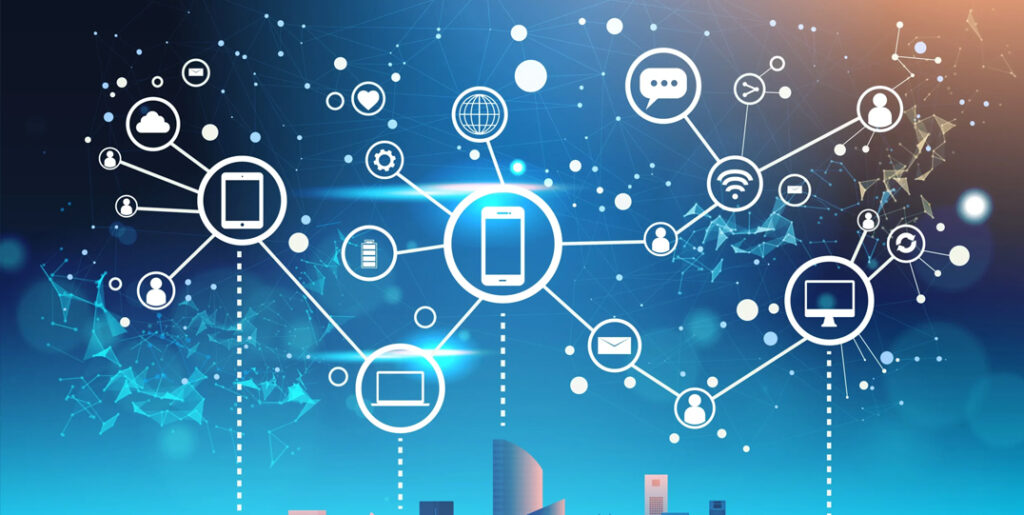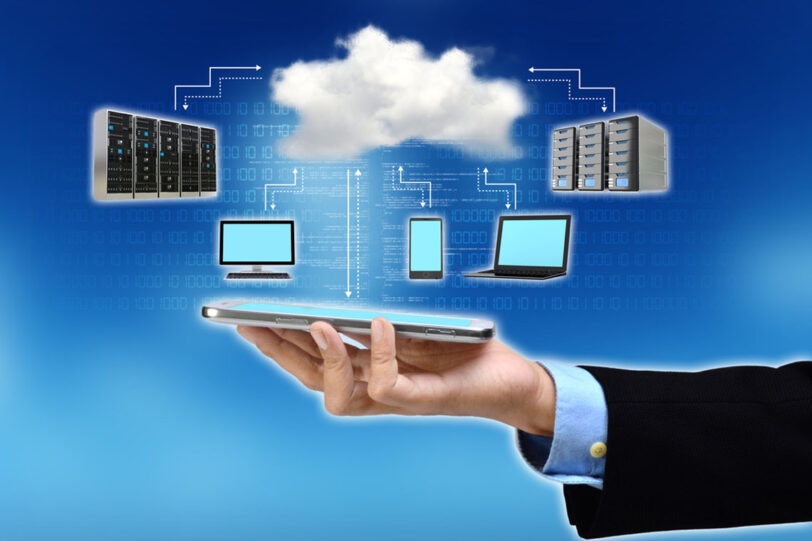In this dramatically fast-moving world, technology is changing in a flash. To stay ahead of the curve, it is now necessary to keep up with the latest Future of Information Technology. Especially for businesses that want to grow in a better direction, they need to embrace IT transformation in their operations. There is no aspect of life where we do not see the impact of information technology. Education, health, business, and even personal life would be insufficient without technology.
We have seen a significant shift from traditional business to online business as a result of the presence of technology. However, the digital transformation will continue because people prefer to use technology rather than traditional methods. If you have been thinking about the future of information technology, then you are in the perfect place. In this article, we will discuss the future of information technology and unveil the tech trends for 2023. But before we jump into the main topic, we will define what information technology is:
What is Information Technology?

Information technology, most commonly known as IT, is a collective term that refers to the use of technology to transfer information, communicate, and process data. More precisely, it means the use of hardware, software, and services to deliver information using voice data or video. However, IT involves computers, storage, networking, and other physical devices to process, store, secure, and exchange all forms of electronic data.
Future of Information Technology?

The current state of Information Technology is marked by rapid evolution and transformative trends. However, these trends have not only reshaped industries but have also become an integral part of our daily lives. So, as we move forward, it will be crucial to harness the full potential of technology for a better future.
Unveiling 2023 Tech Trends
Some of the remarkable advancements achieved by information technology have been discussed below:
1. Artificial Intelligence (AI) and Machine Learning (ML):
Al and ML are two critical and interrelated parts for various applications, especially healthcare and finance. Additionally, the usage of AI and ML has significantly increased in manufacturing, education, and customer support services. However, these technologies enable computers to learn and adapt, enabling better decision-making and automating complex tasks.
2. Cloud Computing:
Cloud technology revolutionizes business by offering virtual storage and access. Additionally, it offers scalability, cost efficiency, and accessibility by allowing the organization to focus on innovation rather than infrastructure management. However, cloud technology will continue to offer more flexibility, accessibility, and smooth access to its users in the coming years.
3. Internet of Things (IoT):
The proliferation of IoT devices has connected the physical world to the digital realm. However, smart devices, from thermostats to wearables, gather and share data, enabling enhanced monitoring, control, and automation.
4. Cybersecurity Evolution:
With the increased reliance on digital systems, cybersecurity has become a paramount concern. New threats have driven the development of advanced security measures, such as multi-factor authentication and behavioral analytics. However, AI is aiding in identifying patterns of cyberattacks and enhancing threat detection. The adoption of zero-trust frameworks ensures continuous authentication and security across all levels of network access.
5. Data Analytics:
The ability to analyze vast amounts of data has led to better insights and informed decision-making. Additionally, big data technologies and data visualization tools have enabled organizations to extract meaningful information from complex datasets.
6. Virtual Reality (VR) and Augmented Reality (AR) Applications:
XR technologies are finding applications beyond gaming and entertainment. AR enhances real-world experiences by overlaying digital information, while VR immerses users in virtual environments for training, therapy, and more.
7. Quantum Computing Developments:
Quantum computing holds the promise of solving complex problems that are beyond the reach of classical computers. Advances in quantum hardware and algorithms are propelling research forward. Thus, it has potential applications in cryptography, optimization, and simulating quantum systems, revolutionizing fields like drug discovery and climate modeling.
8. 5G Implementation and Beyond:
5G technology is being deployed globally, enabling faster data speeds, lower latency, and greater device connectivity. However, it facilitates innovations in the IoT, smart cities, and real-time communication. Furthermore, researchers are already investigating the possibilities of 6G, envisioning faster speeds, more reliable connections, and new communication and computation paradigms.
9. The Role of Data Privacy and Ethics:
The collection and use of personal data raises concerns about user privacy. Stricter regulations and increased user awareness are causing businesses to be more transparent about data practices and user consent. As technology becomes more deeply embedded in society, ethical considerations become more important. To avoid unintended consequences, developers and organizations must prioritize the responsible use of AI, data, and emerging technologies.
10. Skillsets for the Future:
Proficiency in AI, data science, cybersecurity, cloud computing, and XR technologies will be highly sought after. Additionally, soft skills like adaptability and communication are equally important. The rapid pace of technological evolution necessitates lifelong learning. Therefore, IT professionals must stay updated with new trends, tools, and methodologies to remain relevant.
Bottom Line:
The influence of technology on industries and daily life is undeniable. It has not only streamlined operations but has also transformed the way we live and work. Automation and AI-powered solutions have improved efficiency in industries by reducing human intervention in repetitive tasks. This has led to increased productivity and resource optimization. Additionally, technology has bridged geographical gaps, allowing instant communication and collaboration across borders. It has revolutionized healthcare, from electronic health records and telemedicine to advanced diagnostic tools powered by AI. Thus, it has made education more accessible and interactive. Online learning platforms, virtual classrooms, and digital resources have reshaped the traditional education landscape.
Indeed, technology will continue to evolve and grow as time passes. So, we hope to see more accessible, flexible, and adaptable usage of information technology in the coming years. For more on technology and the latest technology trends, keep visiting Blogging Hut.






